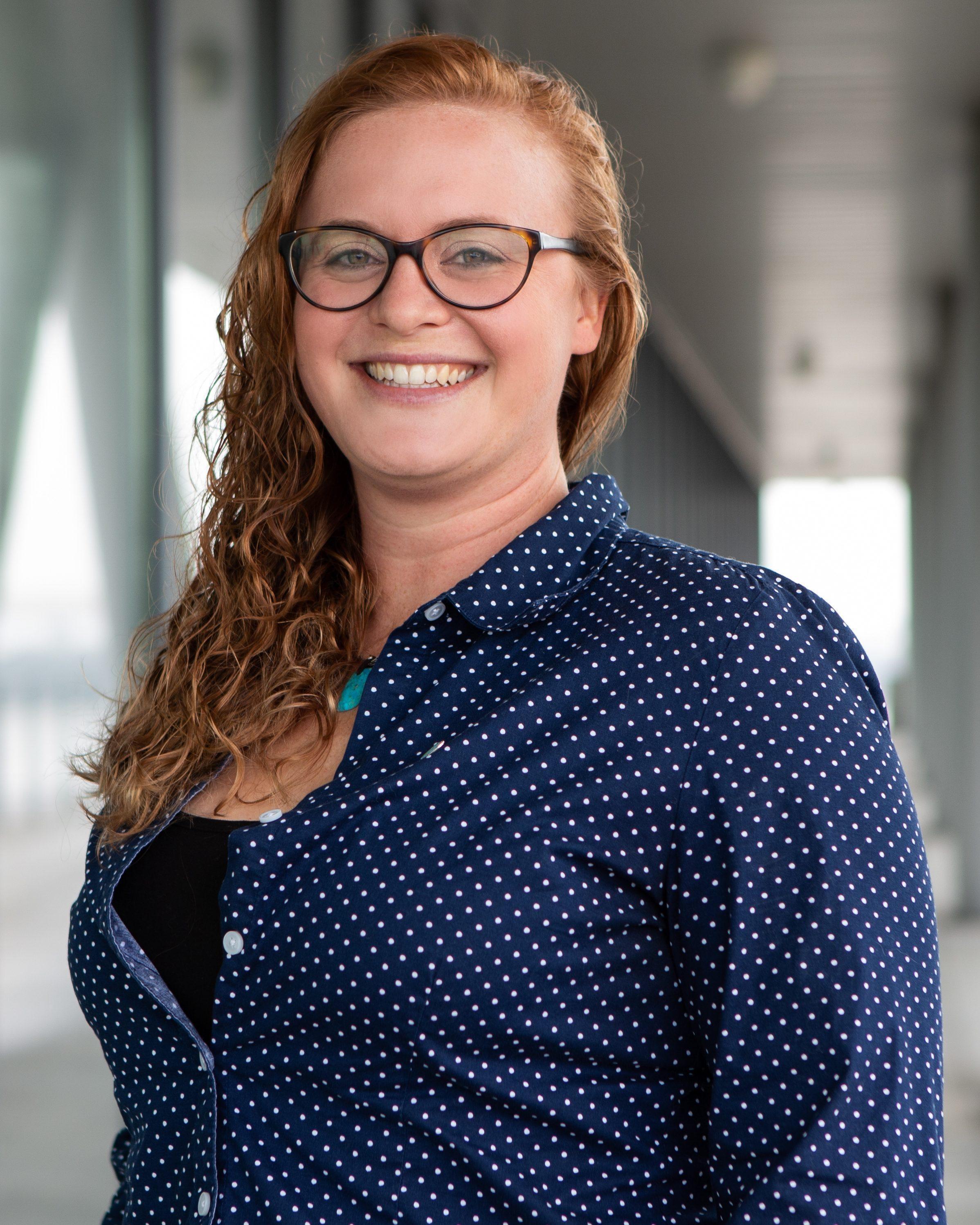National Oceanic and Atmospheric Administration and the Louisiana Trustee Implementation Group
Lower Trophic Level Inventory
Ongoing
The Challenge
In April 2010, the Deepwater Horizon offshore oil platform exploded resulting in the most massive oil spill in American history. As part of the responding Natural Resource Damage Assessment process, the Louisiana Trustee Implementation Group was charged with determining the best and most effective ways to restore natural resources, and the services they provide, damaged by the oil spill.
One significant knowledge gap necessary for assessing ecosystem-wide impacts of restoration in Louisiana’s impacted estuaries is a characterization of baseline lower trophic levels. These lower tropic levels are the lowest part of the food web where organisms such as plant-like phytoplankton serve as food to animals such as zooplankton in the water column. Other organisms of lower trophic levels include plant-like microphytobenthos and marine worms living within the sediments. These organisms form an important part of the estuary ecosystem. Not only do these organisms provide energy at the base of the food chain and support the growth of larger predators at the top such as speckled trout or red fish, lower trophic level organisms also help to break down debris, put oxygen back into sediments, and can provide a biological window into the health of an estuary.
The Approach
Working with partners NOAA, Dynamic Solutions, Louisiana State University, and the University of Louisiana at Lafayette, The Water Institute of the Gulf will design a lower trophic level baseline inventory in the Barataria Estuary. The work will include:
- Identifying sources and determining how much existing data is already available.
- Synthesizing existing data to identify what needed information is currently missing.
- Develop a lower trophic level baseline inventory sampling and analysis protocol and design to ensure the work will capture baseline conditions in the Barataria Basin. This baseline inventory will be instrumental in evaluating future changes in the lower trophic community in a way that will be compatible with existing databases.
This work will allow the creation of a pre-restoration baseline inventory of lower trophic level organisms in Barataria Basin which will make it possible to evaluate future changes in these communities after restoration activities occur. In addition, the work will inform ecosystem models used to evaluate historical food web structures and could inform future restoration activities and monitoring. In short, the work will help provide a foundation for developing information needed to describe ecosystem-level impacts of Deepwater Horizon-related restoration projects into the future.
Acknowledgements
This effort, undertaken by The Water Institute of the Gulf, was funded by the Louisiana Trustee Implementation Group under a cooperative agreement through NOAA.

